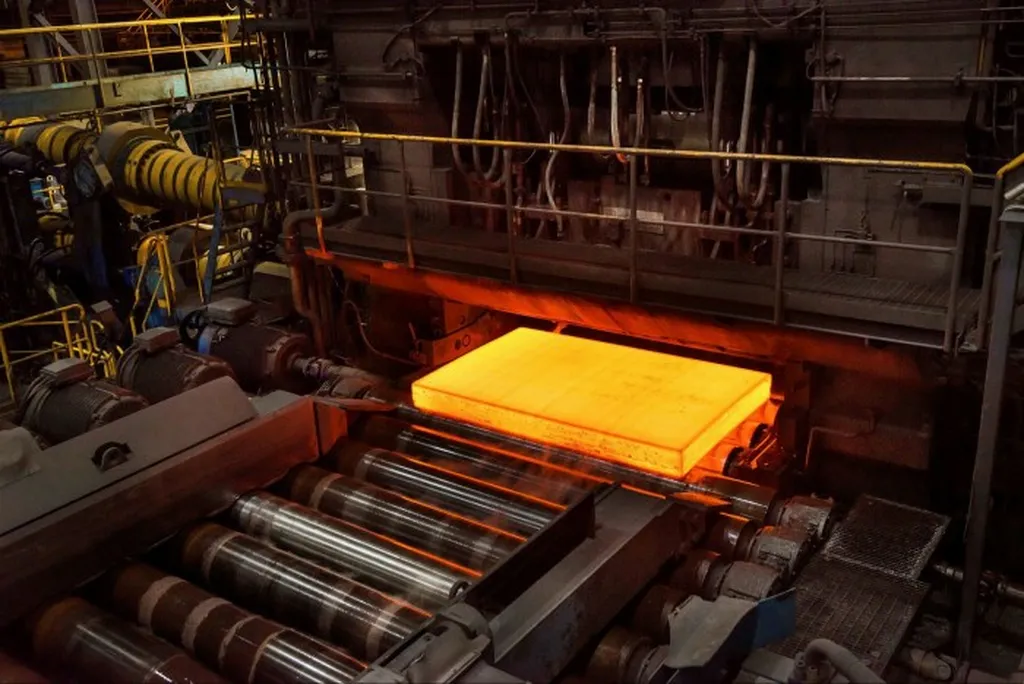In the rapidly evolving world of additive manufacturing, researchers are constantly seeking ways to enhance the performance and durability of printed metal components. A recent study published in *Results in Materials* (which translates to *Research in Materials*) has shed light on the significant impact of post-processing treatments on the surface characteristics and corrosion resistance of 316L stainless steel components produced using Laser Powder Bed Fusion (L-PBF). The research, led by Eirini-Maria Paschalidou from Swerim AB in Sweden, offers valuable insights that could revolutionize the energy sector and beyond.
The study focuses on the surface treatments applied to L-PBF printed 316L stainless steel, a material widely used in various industries due to its excellent corrosion resistance and mechanical properties. However, the as-printed surfaces often exhibit high roughness, residual stresses, and partially fused particles, which can compromise the material’s performance. “Surface treatments are crucial to improve surface integrity and enhance functional properties such as corrosion resistance,” explains Paschalidou.
The researchers explored a range of chemical and mechanical post-processing methods, including pickling, hot isostatic pressure (HIP), Hirtization, shot peening (SP), and isotropic super finishing (C.A.S.E.). Each method was evaluated for its impact on the microstructure, surface composition, and topography of the printed surfaces. The study also examined the corrosion resistance and metal dissolution of the treated samples in artificial tap water with varying chloride concentrations, as well as in a NaCl solution based on the ASTM G61 standard.
The findings revealed notable differences in the microstructure, surface topography, surface roughness, surface oxide composition, and barrier properties of the differently treated samples. “The utilization of a combination of electrochemical, chemical, microscopic, and spectroscopic techniques allowed us to discern these differences and understand their implications for corrosion resistance and metal dissolution,” Paschalidou noted.
The implications of this research are far-reaching, particularly for the energy sector. Components used in energy generation, transmission, and distribution often operate in harsh environments where corrosion resistance is paramount. By optimizing post-processing treatments, manufacturers can enhance the durability and reliability of these components, leading to significant cost savings and improved safety.
Moreover, the study highlights the importance of tailored surface treatments for specific applications. “Different post-processing methods can significantly alter the surface characteristics and corrosion resistance of L-PBF printed 316L stainless steel,” Paschalidou said. “Understanding these effects allows us to select the most appropriate treatment for a given application, ensuring optimal performance and longevity.”
As the energy sector continues to evolve, the demand for high-performance, durable components will only grow. This research provides a crucial step forward in meeting that demand, offering valuable insights that can guide manufacturers in selecting the most effective post-processing treatments for their specific needs.
In the broader context, the study underscores the importance of interdisciplinary research in advancing the field of additive manufacturing. By combining expertise from materials science, chemistry, and engineering, researchers can develop innovative solutions that address the complex challenges of modern manufacturing.
As the energy sector continues to evolve, the demand for high-performance, durable components will only grow. This research provides a crucial step forward in meeting that demand, offering valuable insights that can guide manufacturers in selecting the most effective post-processing treatments for their specific needs.
In the broader context, the study underscores the importance of interdisciplinary research in advancing the field of additive manufacturing. By combining expertise from materials science, chemistry, and engineering, researchers can develop innovative solutions that address the complex challenges of modern manufacturing.
The research, published in *Results in Materials*, serves as a testament to the power of collaboration and innovation in driving progress. As the energy sector continues to evolve, the insights gained from this study will undoubtedly play a pivotal role in shaping the future of additive manufacturing and beyond.

